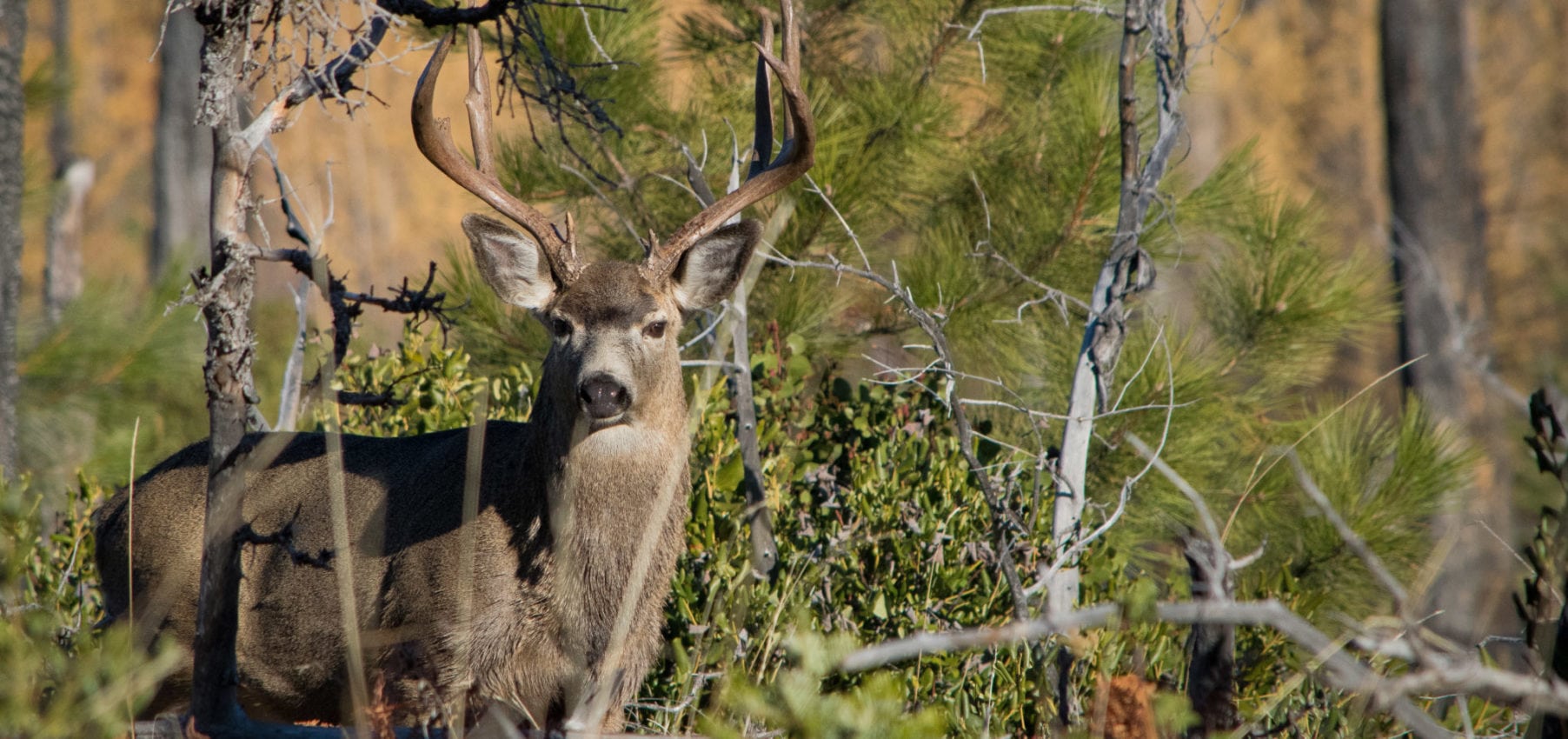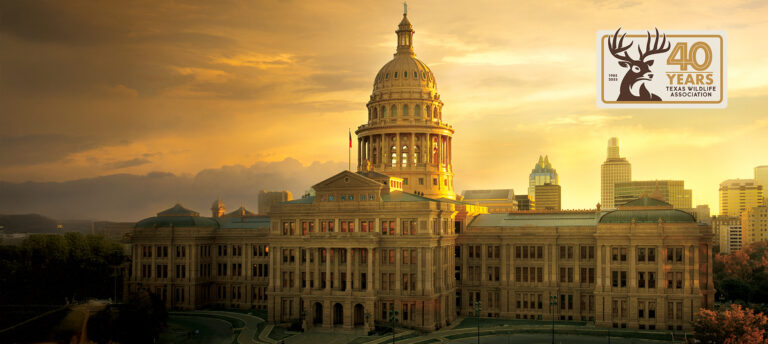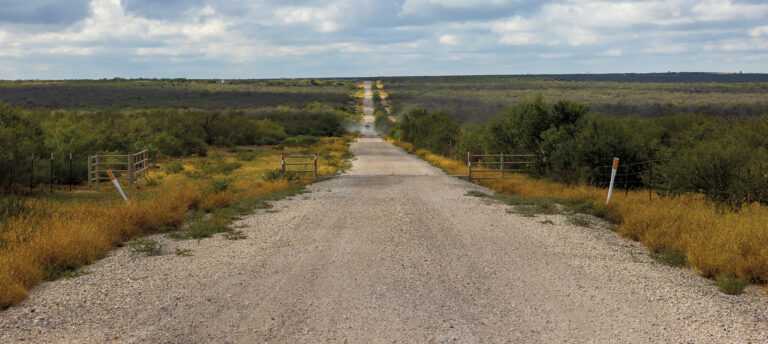From your perch in a deer blind, you see a buck come into the open. As you excitedly line up your shot, finger on the trigger, you take a moment to watch him. You don’t want to take an immature buck. But you have only seconds to guess his age. Do you shoot?
Hunters face similar scenarios all the time. As landowners more carefully manage their herds, and give quality young bucks time to mature, the ability to age deer on the hoof becomes more valuable.
“Today’s hunters know a lot more about aging a deer than they used to,” says Slade Priest, wildlife manager at Tatum Plantation in southwest Mississippi and owner of Country Boy Outfitting. “I attribute it to the outdoor TV channels. You can watch mature bucks being hunted all day, every day, if you want.”
Vernon Mosley, owner of Mosley Ranch near Crockett, Texas, says that the skill becomes second nature after a while. “When you’re around deer enough, you can glance at them and know about how old they are,” Mosley says.
Are antlers a good clue?
When it comes to aging bucks, experts disagree most about using antlers as a criterion. As bucks age, their antlers get larger, and antler growth doesn’t peak until somewhere between five and seven years.
“When judging white-tailed deer, most people tend to look at antlers first, but you need to focus all of your attention on the body,” Mosley says. With improved genetics, some deer will grow large racks fairly quickly, which can be deceptive when aging a deer. Plus, antler sizing will vary based on region, but other body characteristics are more universal across the entire whitetail range.
Others contend that antlers can be a valuable tool — but that they should never be the only characteristic you consider.
“People are starting to look at the horns less and at the body more,” says Priest. “For the most part, the older the deer is, the better his horns are. I think you can look at them as a tool. If you see a deer that’s 200 inches, that’s probably not a 2-year-old.”
Body characteristics
Priest, who hunts in different states annually, has noticed that antler size, hair and body size might vary regionally, but body conformation generally stays the same. “Deer demeanor is generally the same, too. You learn what a mature deer acts like.”
When you are aging a deer, one characteristic to use before the peak of rut is stomach girth—provided that you get a good, broad, side view of the animal. The older a buck gets, the bigger his belly gets.
Another helpful feature is the juncture between the neck and chest. As a buck ages, this area becomes broader, and his brisket becomes more obvious.
“Mature deer, 5. years and older, will be much heavier in their bodies,” Mosley explains. “Their chests become very deep, and their stomachs become larger.”
Split-second decisions
With practice, aging a deer on the hoof can be done almost instantaneously. Some experts say that an educated guess can be made in 5 to 10 seconds, but it is also recommended that a shooter not rush a shot faster than he or she must.
Priest adds that motion cameras are playing an increasingly important role for managers, because they provide an opportunity to assess a particular buck’s age ahead of time. “If you’ve watched a deer and have already made the decision that he’s a shooter, then if you see him come out, you don’t have to hesitate. You can take the shot.”
If you use all the tools available to you, Priest says, you can be right a lot of the time. “The more you can know about a deer, the more likely you are to make a good decision,” he says.
Article provided by Farm Credit Bank of Texas. Vernon Mosley and Slade Priest are customers of Farm Credit Bank of Texas affiliates. Mosley is a customer of Capital Farm Credit and Priest is a customer of Southern AgCredit.
Age-by-age characteristics
½ YEARS
These bucks appear dainty with baby faces and thin necks. Their legs appear long and slender, and their torso is slim like a doe’s. In a photo of a 1½-year-old buck, cover the antlers with your thumb and you will see that the body resembles a doe. Yearling buck antler development is highly variable, ranging from tiny spikes to 10 or more points. But, even super bucks with multiple points will have small, thin antlers. Likewise, the length of their main beams will be short compared to older bucks.
2½ YEARS
Their bodies are gangly and awkward. Their legs appear to be growing too fast for their body. Their bodies, while thicker than those of 1½-year-olds, still have legs and necks that appear stretched in proportion. Their back and stomach area will appear very taut, and their face appears larger than their thin neck from a frontal view. Their antlers will begin to catch your eye, which is probably why 2½ is the average age of bucks harvested in many areas. The truth is their antlers are just starting to grow.
3½ YEARS
A fuller neck and deeper chest are characteristics of a 3½-year-old. Their neck muscles are expanding from increased hormones and use during the rut but are still not as large or thick as a fully-mature buck. Their chest is beginning to appear larger than their rump, but their back and stomach are still straight and taut. Also, their neck is still distinct by four or five inches from their brisket.
4½ YEARS
Bucks attain skeletal maturity and begin exhibiting many characteristics of full maturity. Their rump will appear full and rounded. Their neck will be more muscular and their body thicker and fuller but still trim. Their stomach and back will not appear to sag, and their jaw skin will be tight. Bucks at this age can grow very respectable antlers, making them difficult for hunters to pass. Focus your attention on the body and face when aging, especially if the buck has very good antlers.
5½ YEARS
Most bucks will be carrying the largest set of antlers they have ever grown. Their stomach and back have a noticeable sag. Their neck will swell considerably during the rut, making the neck and brisket appear to be one continuous muscle. Also, their neck, while being very big, will appear muscular and firm and not flabby. Finally, 5½-year-old bucks’ legs will appear short almost to an exaggerated extent due to fuller and fatter bodies.
The above information is excerpted from the book, Observing & Evaluating Whitetails, by wildlife photographer Dave Richards and wildlife biologist Al Brothers. The book contains more than 400 color images, chronicles the lives of 17 bucks and has multiple photos of 27 live bucks with known Boone & Crockett scores. To order a copy, contact the Quality Deer Management Association at 1-800-209-333



